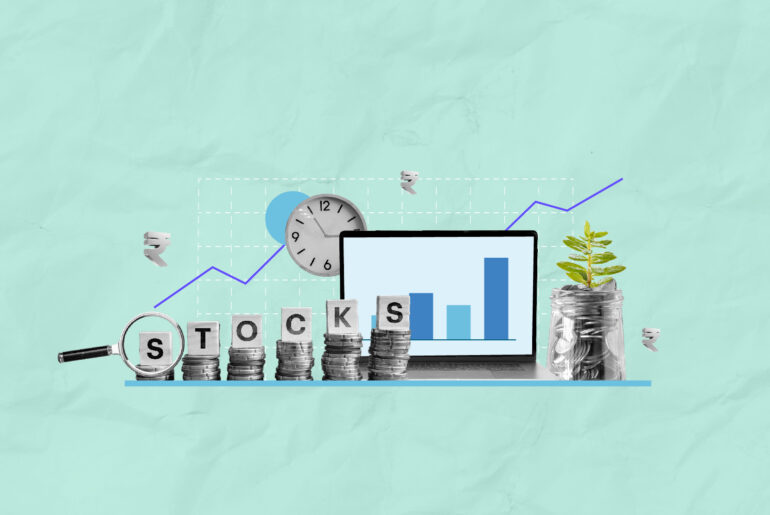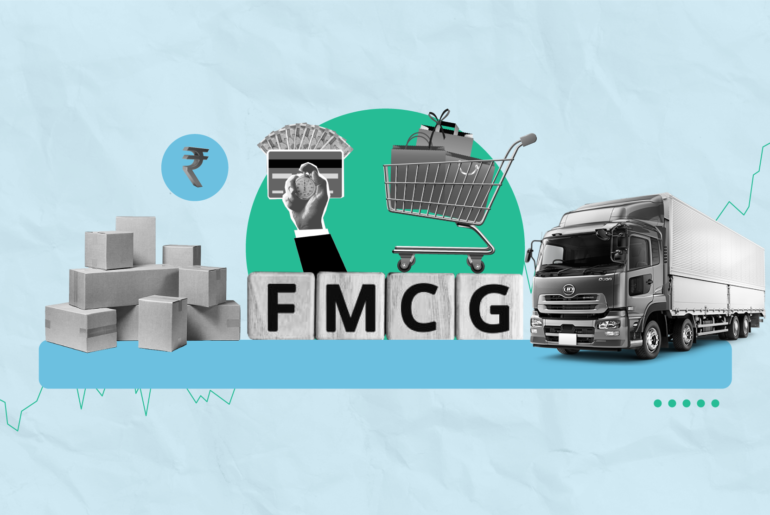Last Updated on Dec 29, 2023 by Anjali Chourasiya
India’s asset management landscape is witnessing a remarkable surge, fuelled by the exponential growth of mutual funds. The sheer numbers speak volumes: in November 2023, the average Assets Under Management (AAUM) of Indian mutual funds stood at a staggering ₹48,74,813 cr.! This impressive figure underscores the rising popularity of these investment vehicles, particularly equity funds.
Just how fast has this growth been? Consider this: it took only three years for the industry’s AUM to double from ₹10 tn (May 2014) to ₹20 tn (August 2017). The momentum continued steadily, crossing ₹30 tn in November 2020. Today, at over ₹49 tn, the industry stands as a testament to the immense potential of equity funds in creating wealth for Indian investors.
India’s vibrant mutual fund industry offers a wealth of opportunities for investors of all types. Equity funds, in particular, hold immense potential for long-term wealth creation, but choosing the right category can be daunting. To navigate this landscape, let’s demystify the key considerations:
Table of Contents
Understanding the appeal of equity funds
Equity funds pool capital from individuals like you and invest it in a diversified basket of stocks. This offers several advantages:
Professional Management: Experienced fund managers research and analyze the market, making informed investment decisions on your behalf.
Diversification: Spreading your investments across various sectors mitigates risk compared to owning individual stocks. Even if one sector falters, your overall portfolio remains cushioned.
Accessibility: Unlike individual stocks requiring large initial investments, equity funds have low entry thresholds, making them ideal for building a diverse portfolio even with limited capital.
Tax Benefits: Certain equity funds offer tax advantages like capital gains treatment and lower dividend tax rates. Consult a financial advisor for specific details.
Flexibility: From growth-focused funds aiming for capital appreciation to income-oriented funds prioritizing regular dividends, there’s a category for every risk tolerance and financial goal.
Exploring equity fund categories
Now, let’s delve into the diverse landscapes of equity funds:
Large-Cap Funds: Invest primarily in established companies with stable track records and lower volatility. This translates to predictable, albeit moderate, returns.
Mid-Cap Funds: Target mid-sized companies with higher growth potential, offering the potential for better returns but also slightly higher risk compared to large-cap funds.
Small-Cap Funds: Focus on smaller, less established companies with the potential for significant growth, but also with the highest level of risk among these categories.
Multi-Cap Funds: Offer a diversified mix across large, mid, and small-cap companies, providing a balanced blend of risk and return potential.
Large & Mid-Cap Funds: Combine exposure to these two segments, allowing flexibility based on the fund’s management and your appetite for risk.
ELSS (Equity Linked Savings Schemes): Offer tax deductions of up to ₹ 1.5 lakh under section 80C while investing primarily in equities. They come with a three-year lock-in period.
Sectoral/Thematic Funds: Focus on specific sectors like IT, healthcare, or infrastructure, offering concentrated exposure but also higher risk due to lack of diversification.
Focused Equity Funds: Invest in a limited number of carefully chosen stocks (typically less than 30), aiming for concentrated returns but with less diversification than broader funds.
Contra Equity Funds: Employ a contrarian strategy, buying stocks that are currently out of favour with the market, hoping for a future rebound. This approach requires a high level of risk tolerance and careful selection.
Matching your needs to the right fund
Choosing the right equity fund category depends on three key factors:
Risk Appetite: How comfortable are you with potential losses? Lower risk tolerance may lean towards large-cap or multi-cap funds, while higher tolerance opens doors to mid-cap, small-cap, or sectoral funds.
Investment Duration: Short-term goals may prioritize more conservative funds for stability, while long-term goals can afford higher risk exposure with potentially greater returns.
Financial Goals: Are you prioritizing capital appreciation, regular income, or a combination of both? Your goal will guide your choice of growth, value, or income-oriented funds.
Navigating the mutual fund maze with Tickertape’s MF Screener
To put it in simple terms, Tickertape is a financial website that provides information on mutual funds and stocks. The MF Screener is a valuable tool that helps investors find mutual funds that are right for them. This tool allows you to explore various funds by applying filters to suit your needs. You can assess different equity fund categories to match your risk tolerance and financial objectives.
To gather information and make informed decisions about mutual funds, visit the Tickertape website and utilise the Mutual Fund (MF) screener provided.
The MF Screener allows you to compare different funds side-by-side and see which ones meet your criteria. You can also learn more about the fund manager and the investment philosophy of the fund.
For example, if you select the Quant BSFI fund, you’ll be able to view a comprehensive overview, including peer reviews, portfolio composition, and performance graphs. It also presents vital technical details such as the expense ratio and PE ratio. Importantly, you can examine the portfolio to understand where the investments are being allocated.
Additionally, it’s crucial to consider the profiles of the company and the fund managers to gauge the credibility and potential success of your investment. This holistic approach enables a deeper understanding of the fund’s performance and management quality.
It also explains the tax implications.
Beyond categories: Remember the bigger picture:
While choosing the right category is crucial, remember that diversification extends beyond categories. Invest in funds from different fund houses to mitigate the risk of any single house underperforming. Always conduct thorough research, consult a financial advisor for personalized guidance, and prioritize aligning your investment with your individual circumstances and risk tolerance.
The Indian equity market is brimming with potential, and choosing the right equity fund can pave the way for a rewarding financial journey. Remember, knowledge, prudence, and diversification are your compass in navigating this dynamic landscape.
- Which Equity Fund Categories Should You Invest In? - Dec 29, 2023





